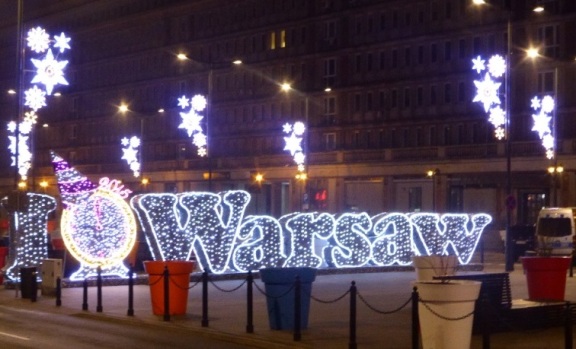
 Poland, Britain and Europe have all changed since I left Warsaw in May 2015. Looking back, the most remarkable thing about my time there was how unremarkable it felt at the time. I never felt threatened, endangered or unwelcome. Despite being nearly 1000 miles (1600 Kms) from home, I didn’t even feel foreign. I was simply exercising my right as a European citizen to live and work in another European country and European civilisation had evolved sufficiently to allow me to do so.
Poland, Britain and Europe have all changed since I left Warsaw in May 2015. Looking back, the most remarkable thing about my time there was how unremarkable it felt at the time. I never felt threatened, endangered or unwelcome. Despite being nearly 1000 miles (1600 Kms) from home, I didn’t even feel foreign. I was simply exercising my right as a European citizen to live and work in another European country and European civilisation had evolved sufficiently to allow me to do so.
Why didn’t we see the problems coming? Maybe we did, but we only see what we want to see and the world looks better through rose-tinted glasses? Reactionary anti-European feeling had been rising for a long time and the dam was first breached back in 2010 when the Hungarian general election resulted in an overwhelming majority for the reactionary Fidesz party. Then on 25 October 2015, only 5 months after I left, the Polish elections were won by the Law and Justice Party, resulting in the most right-wing government in Europe. Despite both the Hungarian and Polish governments being reactionary and eurosceptic, neither has been stupid enough to call a referendum on EU membership. A blunder on that scale requires an English upper-class twit, and David Cameron fulfilled that role perfectly.
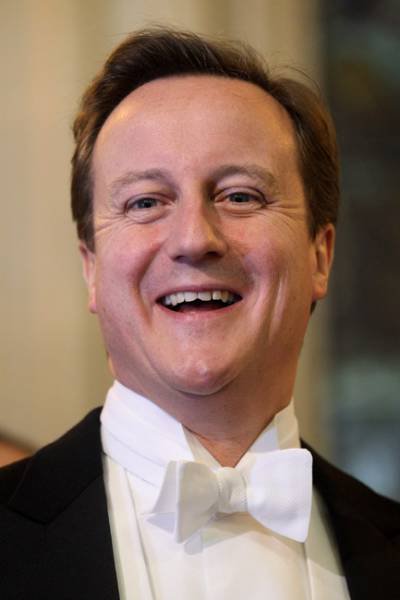
There are those that claim that the 23 June 2016 British referendum has left Europe stronger, they are deluded, it hasn’t. But those that have given up are wrong too, the reactionary path is not a one-way street. But before we can get the European project back on track we need a frank and honest appraisal of where we are and how far we have come.
The geographical centre of Europe is 10 miles (15 kms) southwest of Rakhiv in western Ukraine. The nearest city is Lviv, formerly the Polish city of Lwów, around 40 miles (70 kms) east of the border with Poland and the EU.
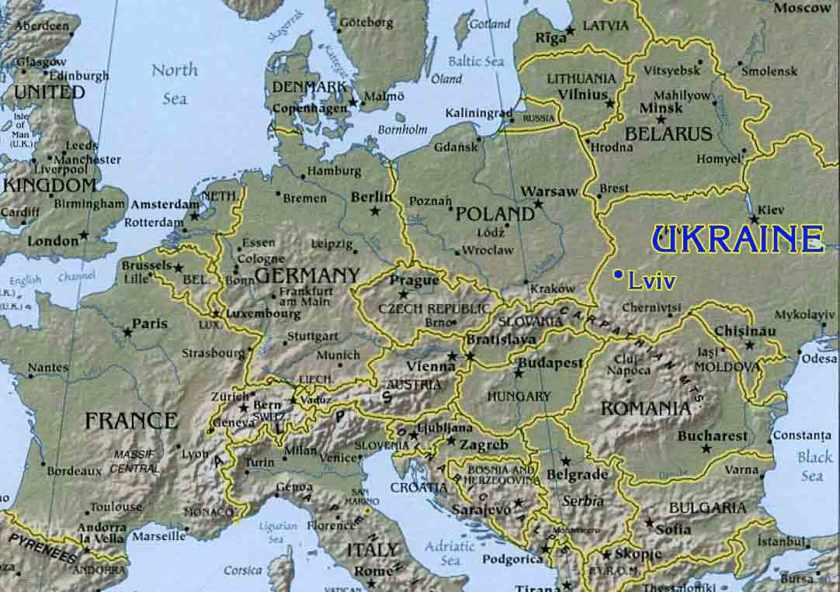
There is as much of Europe to the east of Lviv as there is to the west. In other words, more than 70 years after the end of the second world war, the European project did not even get half way towards unifying our continent before it started to fall apart.
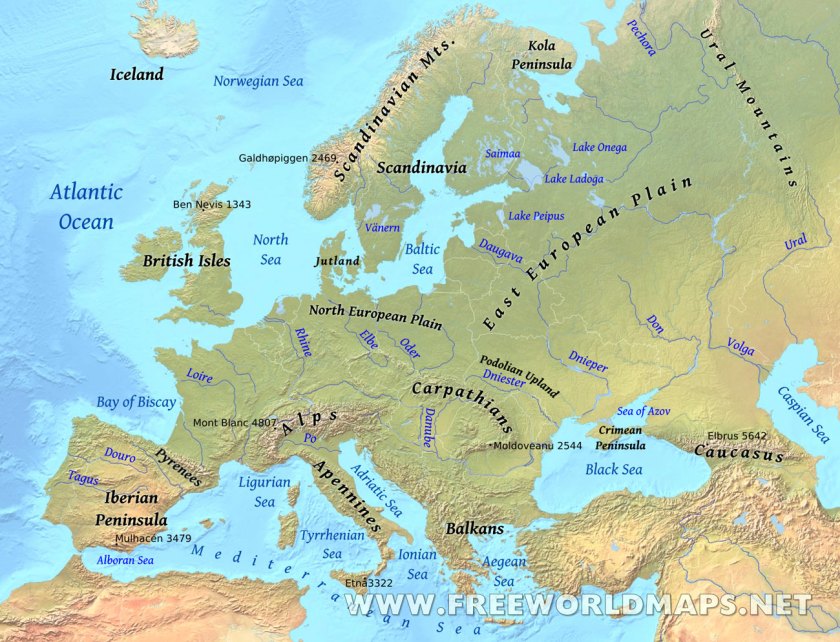
My old school master’s summary of our efforts would have been brutally succinct:
B – , must try harder!
No one has ever denied that the EU needs reform, indeed, reform is part of the EU’s DNA, it has been continuously reforming itself since 1950, when it was called the European Coal and Steel Community. We mustn’t allow criticism of the EU to fall exclusively into the hands of the eurosceptics. Self criticism is an essential precursor to self improvement. So, as an EU citizen (for the time being and hopefully forever) please allow me to point out an example of where we need to improve:
The hardest to address is the one EU failing that is never mentioned by eurosceptics and this is the concern that the EU has become a rich man’s club run for the benefit of its members to the detriment of its neighbours. Warsaw has done well since Poland joined the EU in 2003. But cities neighbouring the EU such as Algiers and Beirut, in many ways equivalent to Warsaw and equally beautiful in their heyday, have fared less well , at least in part because they are the wrong side of the Mediterranean and therefore ineligible for club membership.
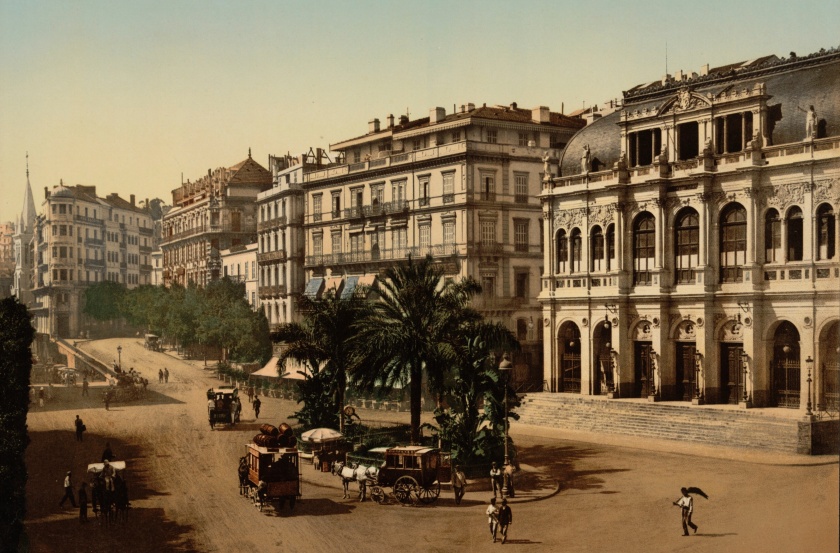
Place de la Republique, Algiers
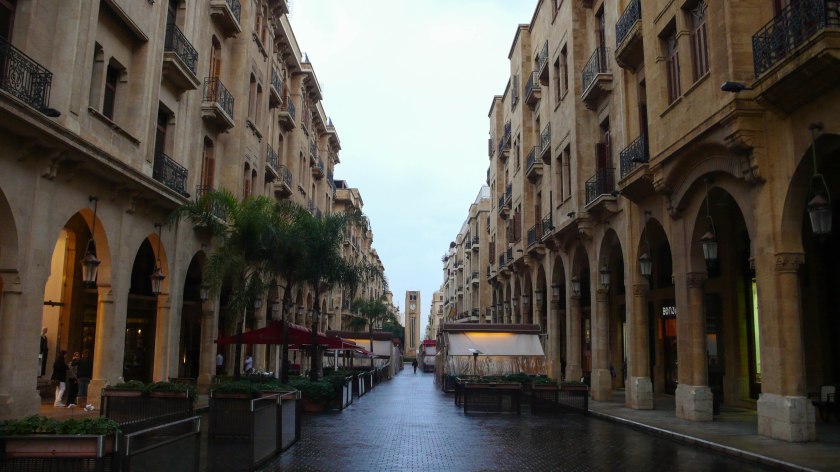 Old Buildings in central Beirut
Old Buildings in central Beirut
The wealth disparity between the EU and its neighbours is one of the main drivers behind the refugee crisis. At its worst, the EU can resemble the final stages of the Roman Empire, squandering increasingly scarce resources on increasingly ineffective attempts to keep the barbarians out.
On the 5th March 1946, Winston Churchill declared that, “From Stettin in the Baltic to Trieste in the Adriatic an “Iron Curtain” has descended across the continent.” It continued to divide Europe until July 1990.
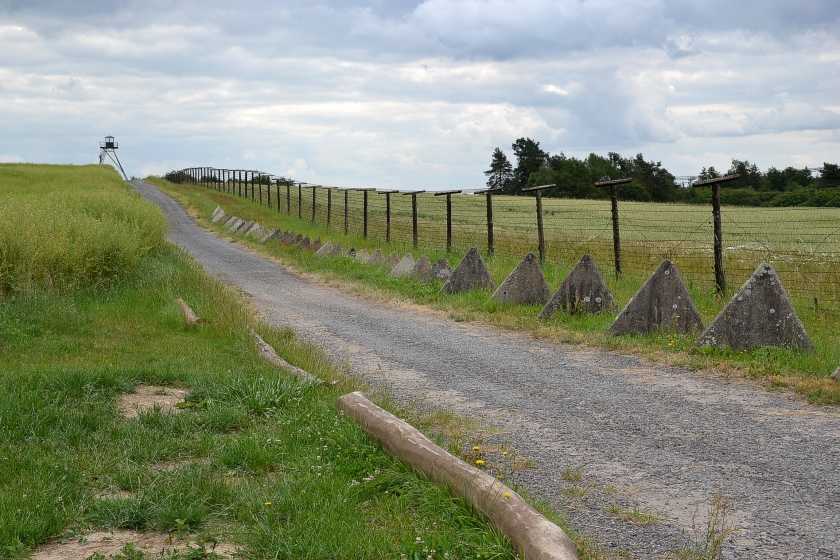
A preserved part of Iron curtain at Čížov, Czech Republic
Compare this to the EU’s borders with its neighbours:
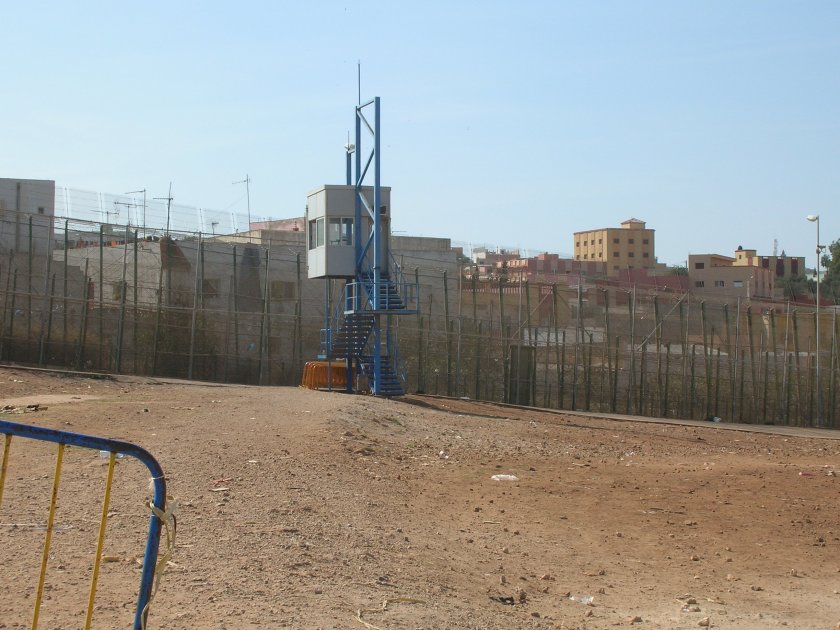
Melilla – one of the EU’s two land borders with Africa
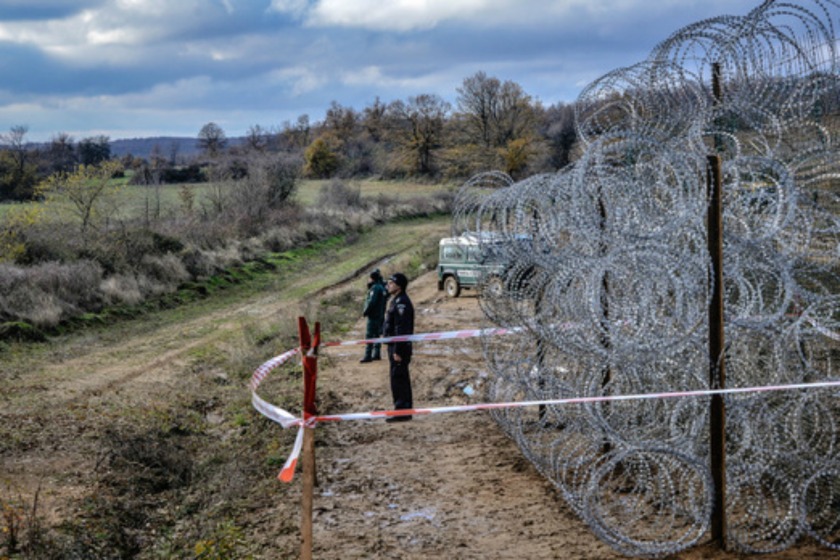 Fence at the EU Turkish border
Fence at the EU Turkish border
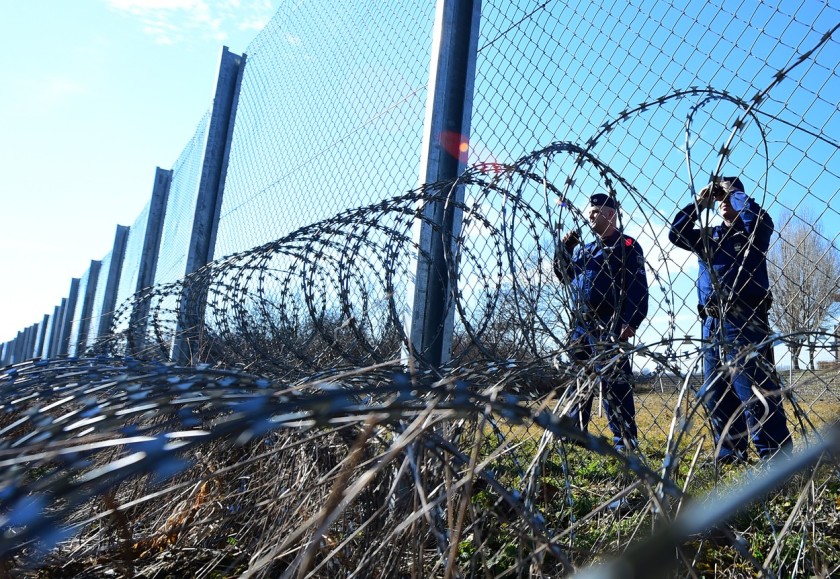
Fence at the EU Serbian border
The original iron curtain looks puny by comparison. One thing is certain, we will not solve Europe’s problems by re-arranging the curtains!
It has been 28 years since we demolished the Berlin Wall,
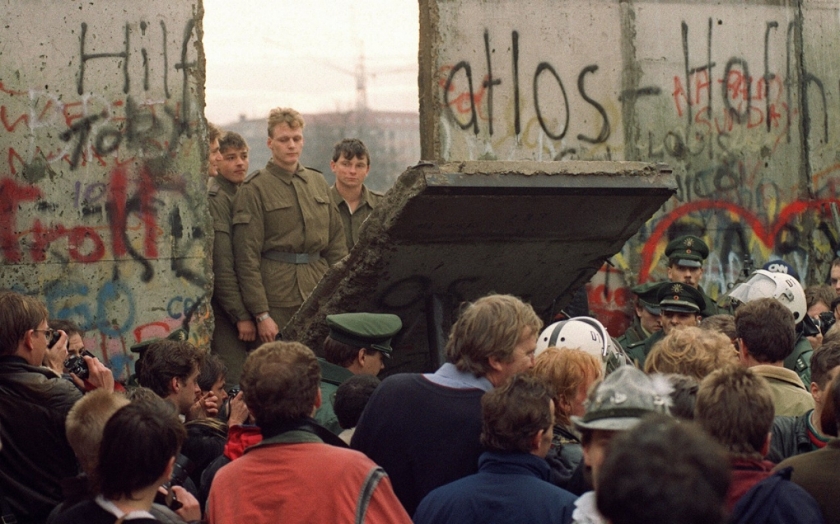
but we still haven’t demolished the walls in our minds.
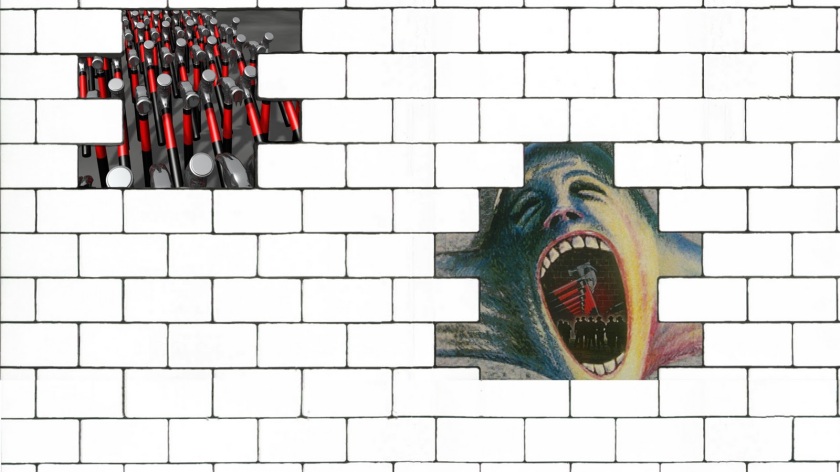
We need new ways of thinking and of measuring success. The accumulation of wealth to the detriment of our environment and neighbours is no longer sustainable.
By way of inspiration, consider this picture of the Bosphorus Bridge:
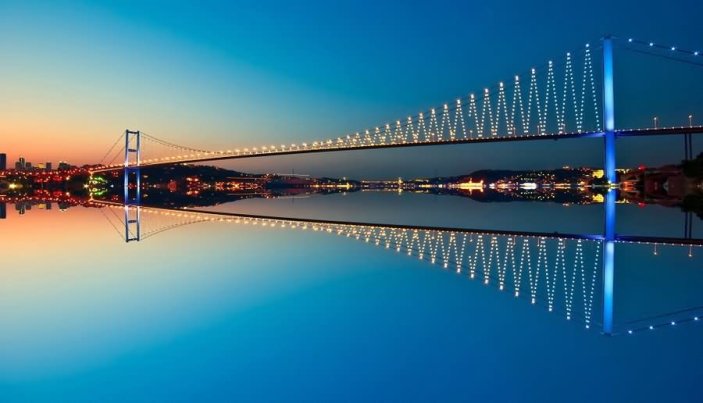
The Bosphorus was first bridged by Emperor Darius I of Persia in 513 BC, and the Hellespont (Dardanelles), by Xerxes in 480 BC but both were temporary pontoon bridges built for offensive military purposes. The first permanent bridge linking two continents was designed by three British engineers; Gilbert Roberts, William Brown and Michael Parsons, and was completed on 30 October 1973. What visionaries, what heroes! Why aren’t they as famous as Neil Armstrong, Buzz Aldrin and Michael Collins? Instead of celebrating the anniversaries of battles, why don’t we celebrate the anniversary of the opening of the first intercontinental bridge? If we can bridge continents then we can bridge minds!
Even more inspiring is this photo of the Ural Mountains, the land border between Europe and Asia:
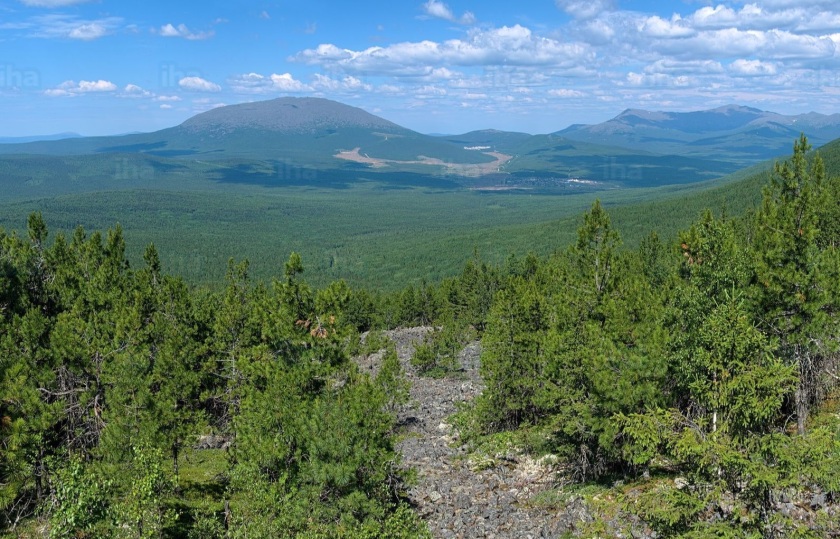
Can you see any border fences? No, Neither can I! The Ural Mountains provide a 1600 mile (2500 km) connection between Europe and Asia. From the Kara Sea in the north to the Ural River and Kazak border in the south; wildlife, people, goods, services, ideas, hopes and dreams all pass freely between continents. Sometimes you can’t find what you are looking for because it is right under your nose!
So what next for Europe? Reactionaries and progressives both agree that the current situation is unstable and must change. Britain has until 29 March 2019 to either leave the EU or revoke Article 50 of the European Union Treaty, but events may well overtake this deadline. I do not believe that history repeats itself, but I do believe in the power of symbolism, and we have some very symbolic 50th anniversaries in 2018:
- 2 October – the Tlatelolco massacre, Mexico City, preceding the 1968 summer Olympics
- 20 August – the Soviet suppression of the Prague Spring
- 3 May – the iconic uprising in Paris, see: https://nicholasjcoxinparis.wordpress.com/2016/12/19/the-last-french-revolution/
But before all of these, there is an important 50th anniversary in Warsaw:
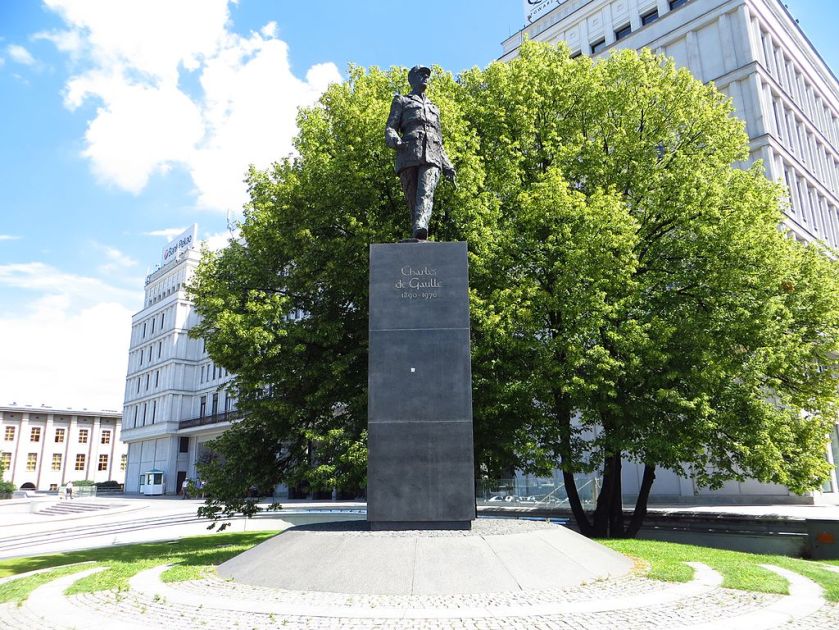
The monument of Charles de Gaulle, Nowy Świat 12, 00-496 Warszawa, was unveiled on March 15, 2005 and is highly symbolic. Its proximity to the former Communist Party HQ reminds us that de Gaulle was a Soviet collaborator whilst the fact that it is facing Warsaw University is a reminder that the 1968 uprising which destroyed de Gaulle’s reputation did not start in the Sorbonne or Nanterre University, but in Warsaw:
On the 8 March 1968, a crowd of over a thousand demonstrating students from Warsaw University was violently attacked by a state organised “worker squad” (plainclothes police) as well as police in uniform. A demonstration the next day at the Warsaw Polytechnic ended in further police violence and arrests. Within days protests spread across Poland. The crisis resulted in the violent oppression of students across the country and the suppression of the Polish dissident movement.
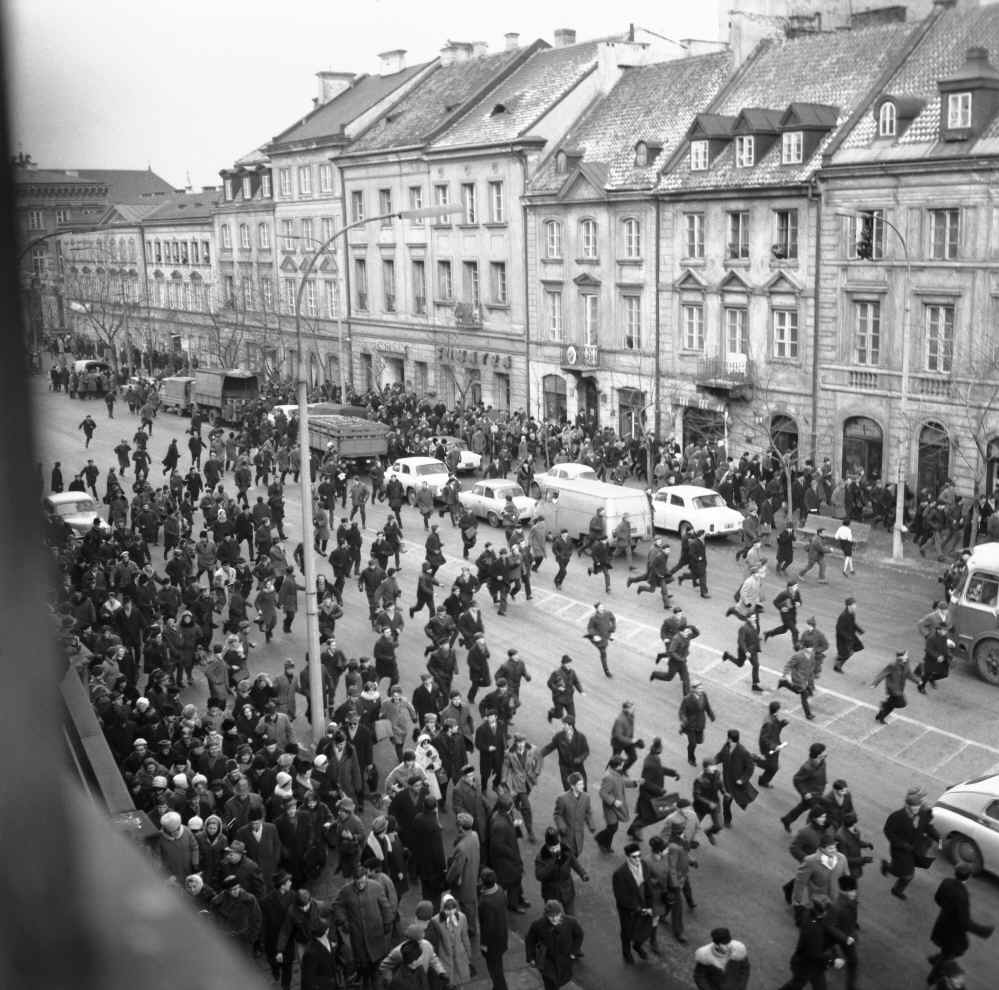
Students trying to flee from armed militia in Krakowskie Przedmiezcie, Warsaw
Surely this event will not go unmarked? Could the youth of Warsaw succeed where their predecessors failed and bring down their reactionary government? Could Warsaw – the city of Chopin, Conrad and Marie Curie – the phoenix city – lead Europe in its rebirth and renewal?
To misquote George Orwell:
If there is hope, it lies in the Poles!


